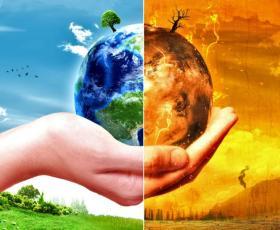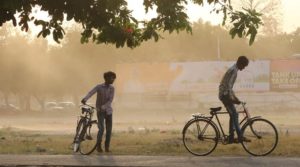
GDP and living standards hit will be the cost of climate change in India

A continuous change in climate will raise the future risk and will affect GDP and living standards as well. However, it is estimated by the World Bank report that regularly increases in temperatures and changing monsoon rainfall patterns from Climate change could cost India 2.8% of gross domestic product (GDP).
According to a new report, Continuous change in climate could also lower the living standards of about half the country’s population by 2050 who are living in unsafe and defenseless areas of countries in South Asia.
According to the World Bank, a report has been researched by the World Bank lead economist Muthukumara Mani with economists Sushenjit Bandyopadhyay, Shun Chonabayashi and Anil Markandya and research scientist Thomas Mosier in which South Asia’s Hotspots that means the Impact of Temperature and Precipitation Changes on Living Standards of people.
Six countries in South Asia were looked in the World bank report and predicted temperature and precipitation will affect living standards in these countries as well. the report also identified hotspots districts using annual household consumption as a proxy for living standards. A notable effect on living standards of these districts is shown in the report as well.

In the world bank Reports, it has also found that India, Bangladesh, Pakistan and Sri Lanka will be badly affected by the climate changes while Afghanistan and Nepal will benefit of such changes as they are relatively cold.
the report estimated on the basis of the increasing temperatures over the past six decades that were more warming inland and less warming in coastal areas beyond 2050.
In the report it has been forecasted for India that living conditions will be reduced by more than 9% in Chhattisgarh and Madhya Pradesh and it is followed by Rajasthan, Uttar Pradesh and Maharashtra and the top 10 most affected hotspot districts such as Chandrapur, Bhandara, Gondiya, Wardha, Nagpur, Raj Nandgaon, Drug are in Vidarbha while the remaining 3 district in Chhattisgarh and MP.
According to the report, In India, there is a living of around 600 million people in that location where the climate changes continuously and it would become moderate and severe hotspots by 2050 under the carbon-intensive scenario.
As the world bank Report says that almost half of South Asia’s population are living in such areas that are forecasted to become moderate to severe hotspots under the carbon-intensive scenario.